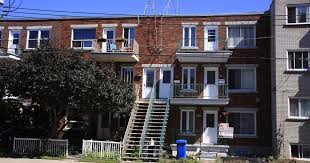This describes most of urban Montreal. Montreal has a lot of neighbourhoods from this time period that range from 100% fully urban like Little Italy, to "kind of auto-oriented and ugly but still noticeably more urban than typical American post-WWII development" which applies to a lot of the 60s-70s post-WWII development of Montreal.
Ex a rare example of high density post-WWII industrial development in North America - the Rue Chabanel fashion industry factories/warehouses, which were built in the 60s-80s.
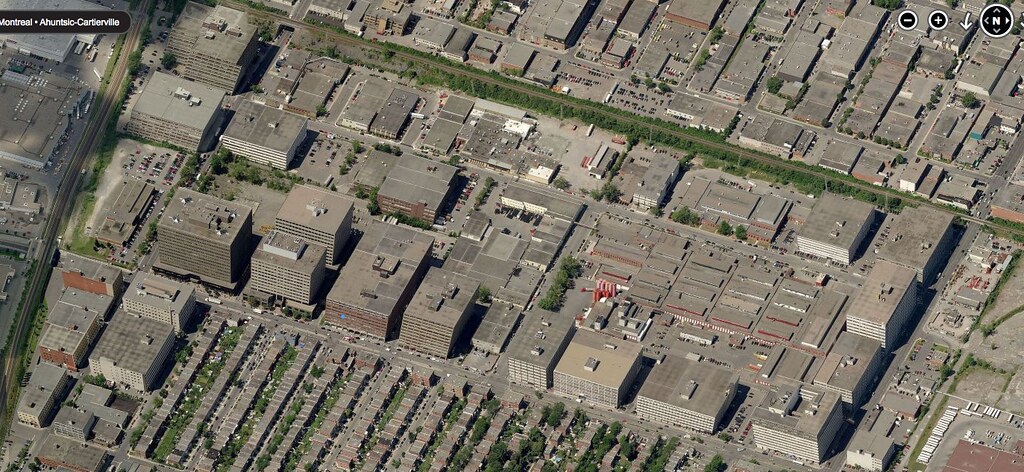
Fairly typical late 60s to 70s development from Saint Leonard

Much of the commercial development in Saint Leonard and Lasalle is shopping malls, but you do have a bit that's more urban.

Street fronting cafes on Rue Jarry E
https://www.google.ca/maps/@45.58218...7i13312!8i6656
This stretch of Jean Talon developed mainly in the 1960s.

Triplex, early 1950s?
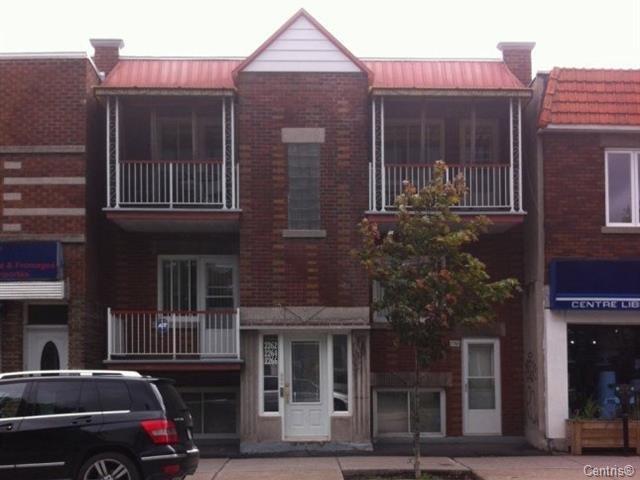
Interwar development was largely indistinguishable from 1880-1915 development, these are from the interwar suburb of Verdun.

Little Italy ie the area around Jean Talon market, development began in interwar years but a lot of additional development took place in the mid 20th century.

Cote des Neiges where my grandparents live is similar in age, at least around the historic core.

Cote des Neiges also has many blocks of larger mid-century apartment buildings rather than the 2-8 unit buildings that make up much of Montreal's urban fabric.

Outremont is a more middle class interwar suburb compared to Verdun.
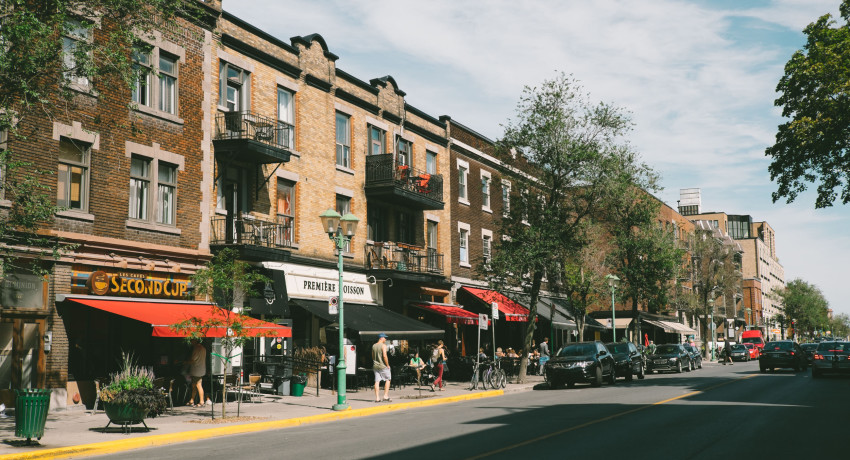
Very typical interwar development, still significantly denser than development in similar sized American cities from that time such as St Louis or Cleveland.

Villeray is another neighbourhood with a mix of interwar and mid-century development.

Parc-Extension, the highest density neighbourhood in Montreal (55,000/sq mi) was largely undeveloped pre-WWII, I think there were mostly just a few bungalows. The mixed use "main street" type buildings and 3-4 storey walk-up apartments were built mainly in the 40s-60s, in some cases on vacant lots, other times redeveloping the original SFHs.

East end (Hochelaga-Maisonneuve) development, probably interwar.
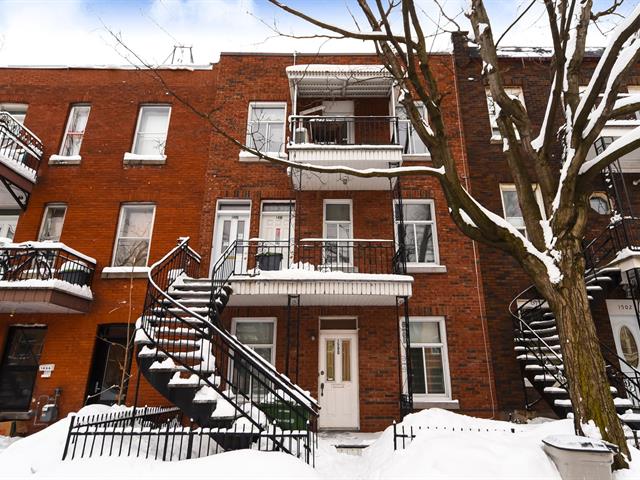
vs 1950s development from the same area

Walk-ups, probably from early 1950s.
